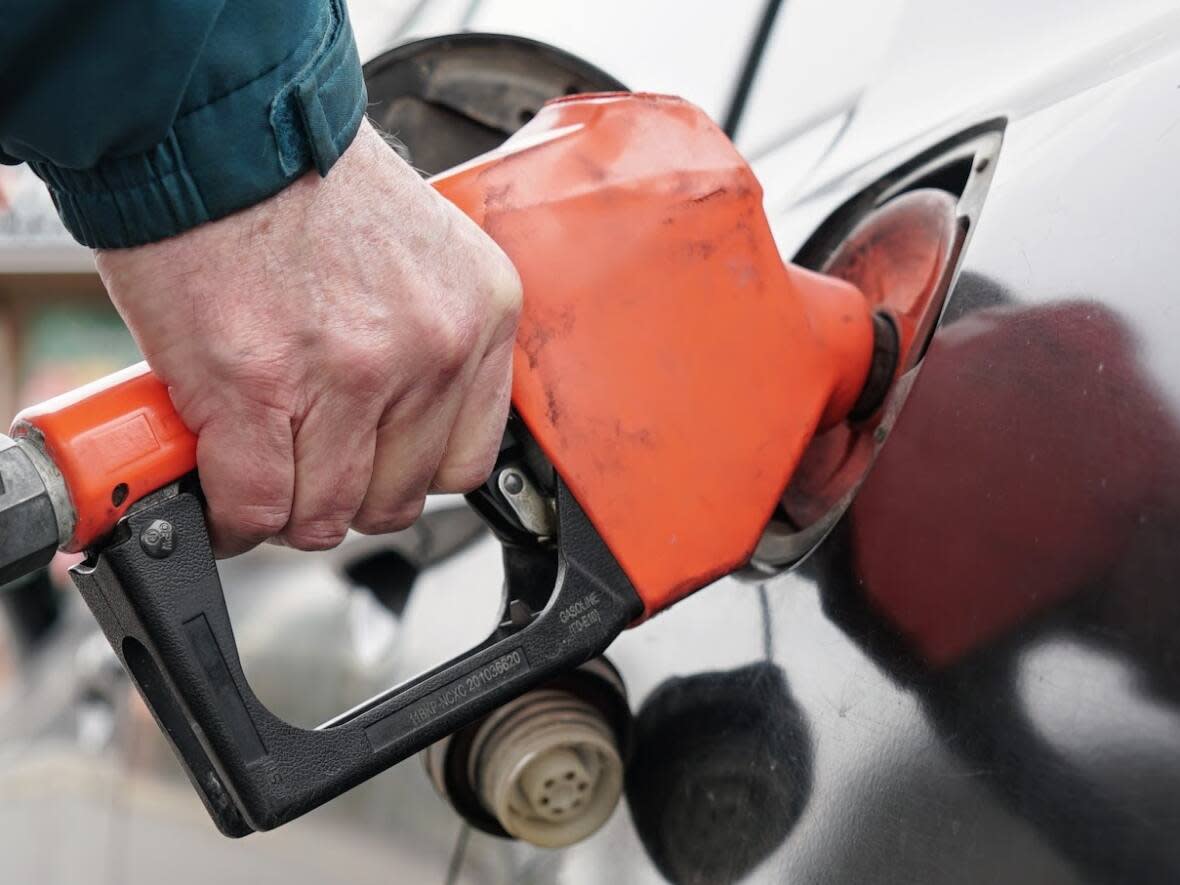Why you may have received an unexpected direct deposit from the federal government today

The first instalment of the federal government's Climate Action Incentive payment landed in Canadian bank accounts today — but only for residents of Alberta, Saskatchewan, Manitoba and Ontario.
The program is designed to offset some costs imposed by Ottawa's carbon tax system, which applies a price on emissions including those generated by the use of gasoline and natural gas.
The payments are available only to the residents of provinces without pollution pricing systems that meet the new federal standard.
In all the other provinces and territories, proceeds generated by carbon taxes are returned to provincial and territorial governments, rather than to residents directly.
Ottawa says it "does not keep any direct proceeds from pollution pricing," which is viewed as a strategy to penalize industries that produce carbon emissions and to encourage adaptations and innovations that reduce pollution.
How much will you get this year?
The Climate Action Incentive payment will be paid in quarterly instalments for the first time this year. In previous years, the payment was delivered as a component of tax returns.
Here's how much a family of four will receive in total this year:
$1,079 in Alberta.
$1,101 in Saskatchewan.
$832 in Manitoba.
$745 in Ontario.
Residents of small and rural communities will receive an extra 10 per cent on top of those amounts.
You can see a more thorough breakdown of payments on the government's website.
Today's payment will be the largest single instalment because it covers the first two quarters of the fiscal year (April-June and July-September). Subsequent deposits in October and January will be half of whatever you received today.
"I know things are challenging right now with the cost of living going up, fuel prices, food prices, so every little bit helps," Prime Minister Justin Trudeau said during a Friday afternoon photo-op with an Ottawa family to discuss the rebate.
"That's one of the reasons why we've shifted it to quarterly payments."
How much is the plan costing Canadians?
While the true financial cost of the carbon tax depends on an individual's use of fossil fuels, the federal government says "most households will receive more than they pay as a result of the federal carbon pollution pricing system."
At a new rate of $50 per tonne of emissions, this year's increase to the carbon tax amounts to a spike of 2.21 cents per litre of gasoline and 2.68 cents per litre of diesel.
Ottawa plans to increase the carbon tax to $170 per tonne by 2030.
However, a recent report from the Parliamentary Budget Office (PBO), Canada's fiscal watchdog, concluded that for most households — especially high-income ones — the federal carbon price represents "a net loss." The PBO considered the cost of the levy itself, the GST consumers must pay on it and its impacts on employment and investment income.
"When including the economic impacts as well," said Parliamentary Budget Officer Yves Giroux, "most are worse off."
The PBO report did not attempt to calculate the long-term costs of inaction on climate change, such as the prospect of more frequent bouts of extreme weather, damaging storms and droughts.
Alberta, Saskatchewan and Ontario mounted a legal challenge against Ottawa's carbon tax system, which the provinces called unconstitutional. The Supreme Court ultimately upheld the tax in a decision last year.


